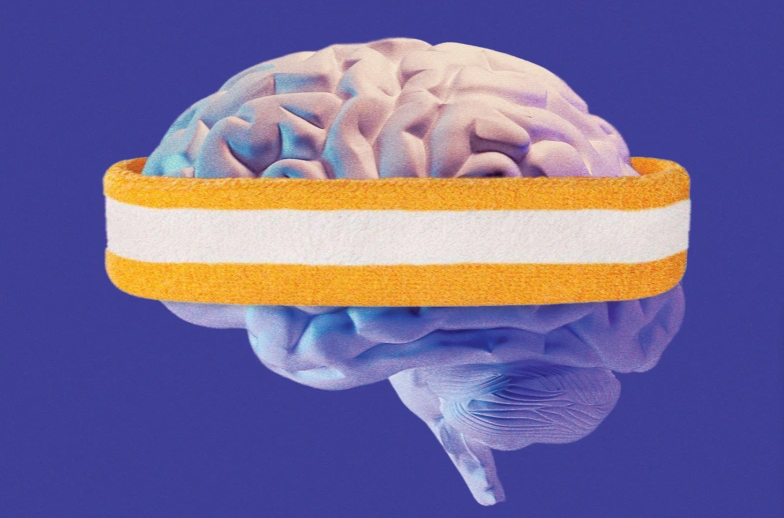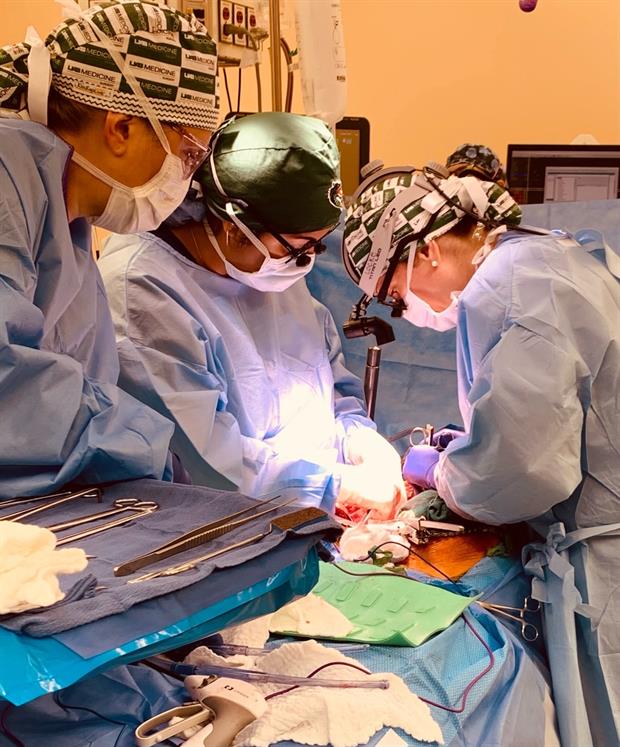The possibility of transplanting organs from animals to people has been investigated since the 1990s and now is when the first successes are beginning to be glimpsed: an American scientific team has managed to transplant two genetically modified pig kidneys into a brain-dead human.
Those in charge of this xenotransplantation in the clinical trial phase are researchers from the Heersink School of Medicine, the University of Alabama at Birmingham, whose results are published this Thursday in the “American Journal of Transplantation”.
Today’s is the third known xenotransplantation in recent months, a “successful” experiment carried out last fall on a 57-year-old man; it is the first time that the surgery has been described in a scientific publication.
“The positive results demonstrate how xenotransplantation could solve the worldwide organ shortage crisis in the future,” according to those responsible, who warns, however, that more research is needed before this technique can be used in practice. clinic.
The recipient of this trial – brain-dead and artificially kept on heartbeat and breathing – had two genetically modified pig kidneys transplanted into his abdomen after his own were removed.
TEN GENETIC MODIFICATIONS
Kidneys were harvested from a donor pig housed in a pathogen-free facility and stored, shipped, and processed for implantation.
The animal’s organs -generated by the Revivicor company- harbored ten genetic modifications, four inactivated porcine genes and six added human genes.
Before the operation, the recipient and the donor animal underwent tissue compatibility testing. The pig kidneys were placed in the exact anatomical locations used for human donor kidneys, with the same attachments to the renal artery, renal vein, and the ureter that carries urine from the kidney to the bladder.
“The transplanted kidneys filtered blood, produced urine and, most importantly, were not immediately rejected, “ say the researchers, who explain that the organs remained viable until the end of the experiment, 74 hours after transplantation.
“REMARKABLE” ACHIEVEMENT FOR HUMANITY
“Today’s results are a remarkable achievement for humanity and advance xenotransplantation into the clinical arena, “ said Selwyn Vickers, Dean of the Heersink School of Medicine, for whom brain death has also been shown to be a viable preclinical human model for this type of experiments.
“This turning point in the history of medicine represents a paradigm shift and an important milestone in xenotransplantation, possibly the best solution to the organ shortage crisis,” said Jayme Locke, the lead surgeon on the study.
Details Locke: “We have overcome critical knowledge gaps and obtained the necessary safety and feasibility data to initiate a clinical trial in living humans with end-stage renal disease.”
The study shows that “the main obstacles to human xenotransplantation have been overcome” and indicates where new knowledge is needed, but, its authors insist, the results must be interpreted “with caution within the many limitations of the model”
For example, in the experiment one of the kidneys produced urine approximately 23 minutes after reperfusion, while the other hardly did. In addition, despite the urine output, the level of blood serum creatinine, a waste product normally eliminated by healthy kidneys, did not drop.
The team is still unclear as to why there was a difference in urine output between the kidneys or what factors may have played a role in their inability to remove creatinine.
THE OTHER XENOTRANSPLANTS
Genetically modified pig kidneys have been extensively tested in non-human primates as a preliminary to the possibility of experimentation in brain-dead humans. Although it has been investigated for years, now is when the first cases are beginning to be known.
The first of them was reported last October. The American NYU Langone Hospital reported the temporary transplantation of a genetically modified pig kidney to a deceased intubated woman, in an experiment that lasted 54 hours; the kidney was attached to blood vessels in the upper leg, outside the abdomen.
The second case, quite different, was known on January 10. The University of Maryland School of Medicine detailed the transplant of a pig heart – also genetically modified – to a 57-year-old man in surgery that is described as historic and that demonstrated that an animal heart can function like a human one without immediate rejection.
Xenotransplantation was never thought of as a definitive solution, but rather as a strategy to gain time.
It is possible to extend the time that patients can wait to receive another organ from a donor, but the best transplant of a human heart will always continue to be the heart of another human, according to Lluís Montoliu, an expert in transgenesis, gene editing, and ethics of the Superior Council of Scientific Research of Spain.
This was pointed out by this researcher when he learned about the second xenotransplantation. Today he has reiterated that these experiments, which will surely continue to be known, represent a historic advance in medicine, but it is still early for their extension in clinical practice.
It is an experimental treatment, there is still knowledge to discover and many more clinical trials to do.
And it is that, according to this scientist, the rejection of the organ can occur at any time, it can be unpredictable. There are many measures to prevent it, but they are not yet one hundred percent effective and require immunosuppressive treatment.
In addition, the challenge is that this medical advance can really reach everyone who needs it, regardless of their economic, social, or any other circumstances, Montoliu concludes.


















































































